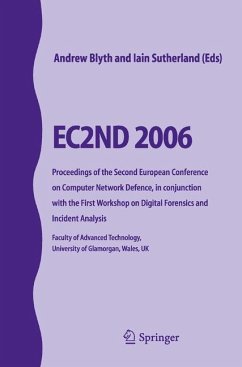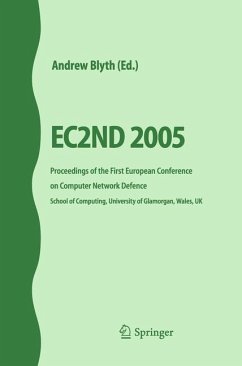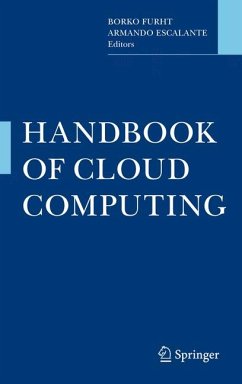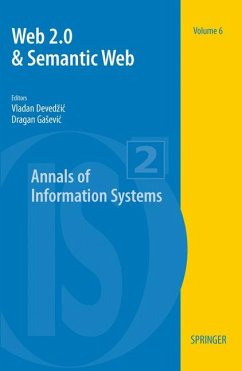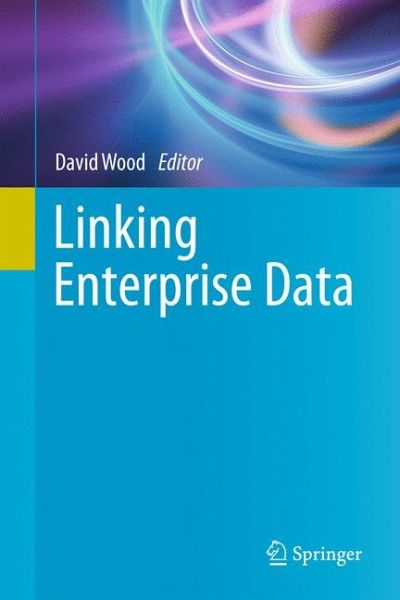
Linking Enterprise Data (eBook, PDF)
Versandkostenfrei!
Sofort per Download lieferbar
112,95 €
inkl. MwSt.
Weitere Ausgaben:

PAYBACK Punkte
56 °P sammeln!
Enterprise data is growing at a much faster rate than traditional technologies allow. New enterprise architectures combining existing technologies are desperately needed. This book suggests a way forward by applying new techniques of the World Wide Web to enterprise information systems.Linking Enterprise Data is an edited volume contributed by worldwide leaders in Semantic Web and Linked Data research, standards development and adoption. Linking enterprise data is the application of World Wide Web architecture principles to real-world information management issues faced by commercial, not-for-...
Enterprise data is growing at a much faster rate than traditional technologies allow. New enterprise architectures combining existing technologies are desperately needed. This book suggests a way forward by applying new techniques of the World Wide Web to enterprise information systems.
Linking Enterprise Data is an edited volume contributed by worldwide leaders in Semantic Web and Linked Data research, standards development and adoption. Linking enterprise data is the application of World Wide Web architecture principles to real-world information management issues faced by commercial, not-for-profit and government enterprises. This book is divided into four sections: Benefits of applying Linked Data principles in enterprise settings, enterprise approval and support of Linked Data projects, specific Linked Data techniques and a number of real-world success stories from early enterprise adopters.
Linking Enterprise Data targets professionals working as CTOs, CIOs, enterprise architects, project managers and application developers in commercial, not-for-profit and government organizations concerned with scalability, flexibility and robustness of information management systems. Computer science graduate students and researchers focusing on enterprise information integration will also benefit.
Linking Enterprise Data is an edited volume contributed by worldwide leaders in Semantic Web and Linked Data research, standards development and adoption. Linking enterprise data is the application of World Wide Web architecture principles to real-world information management issues faced by commercial, not-for-profit and government enterprises. This book is divided into four sections: Benefits of applying Linked Data principles in enterprise settings, enterprise approval and support of Linked Data projects, specific Linked Data techniques and a number of real-world success stories from early enterprise adopters.
Linking Enterprise Data targets professionals working as CTOs, CIOs, enterprise architects, project managers and application developers in commercial, not-for-profit and government organizations concerned with scalability, flexibility and robustness of information management systems. Computer science graduate students and researchers focusing on enterprise information integration will also benefit.
Dieser Download kann aus rechtlichen Gründen nur mit Rechnungsadresse in A, B, BG, CY, CZ, D, DK, EW, E, FIN, F, GR, HR, H, IRL, I, LT, L, LR, M, NL, PL, P, R, S, SLO, SK ausgeliefert werden.




